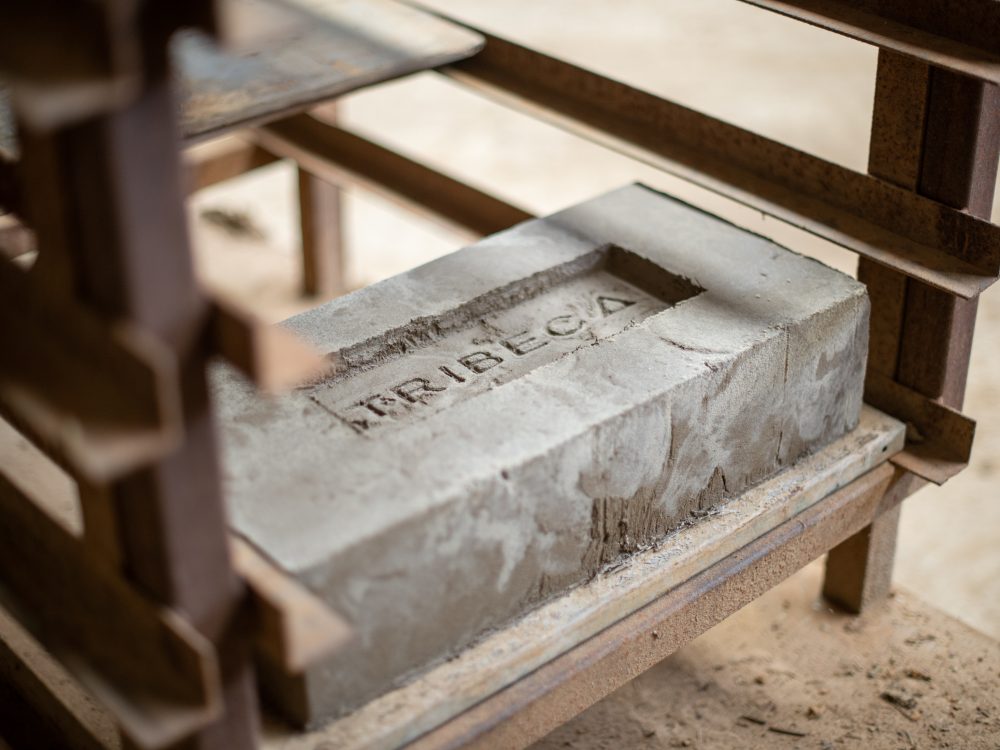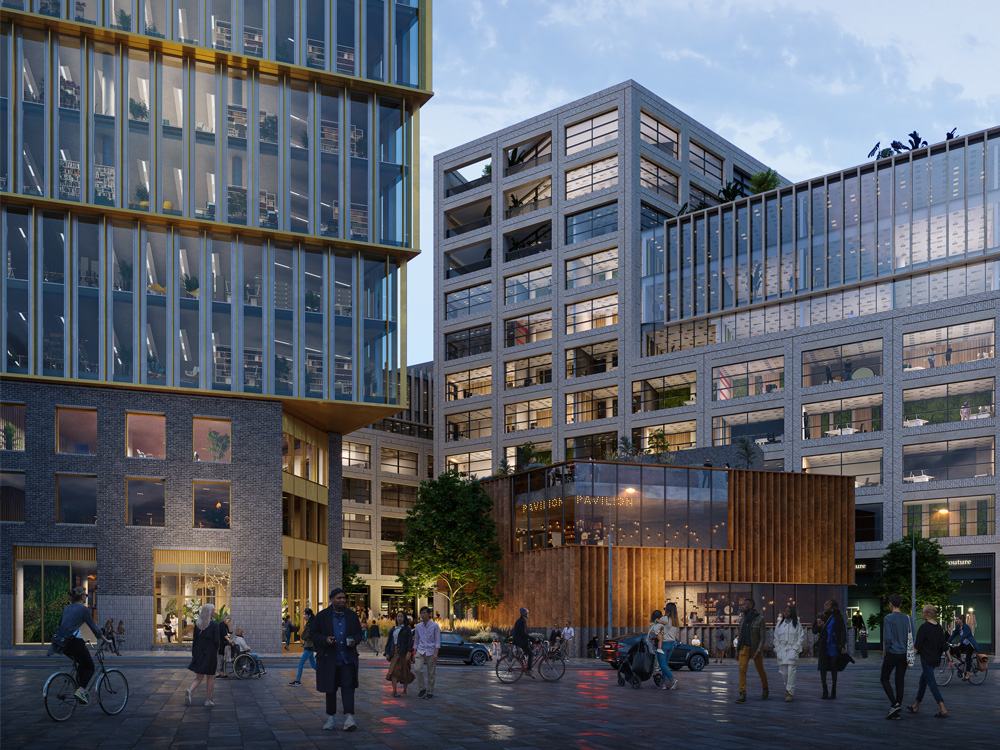Meet the architect: the team behind the Tribeca development
The Journal sat down with Simon Erridge, Director of London based architects Bennetts Associates. Simon and his team are responsible for designing Tribeca and we were keen to learn more about their involvement in the project, their approach and importantly how they are embedding sustainability into their design.
Bennetts Associates is a highly respected practice in London. Can you talk about your approach to the projects you work on?
Simon Erridge: As a practice we’re really interested in the way architecture can create spaces and places which bring people together, this is something which comes out of our work in arts and culture where buildings are places where people share experiences, and it’s also very important in our education and research buildings where exchanging ideas is key. In the post-covid world, workplace design has also fundamentally changed to reflect this thinking, with offices becoming the places where we meet and socialise, not just to do work. At Tribeca, we’ve brought these themes together to create an engaging ground-level environment, flexible workplace buildings and canalside housing which create a distinctive piece of the city for people to enjoy.

When did your involvement in the Tribeca project begin?
Simon Erridge: We actually started work on Tribeca in 2016 but as a Camden resident I have known the site for over 20 years and I have always considered it a potentially exciting opportunity.
The surrounding area between Kings Cross and Camden Town has changed a lot over the years, but the site and its immediate context felt forgotten and lacking in identity. The site is triangular and there’s currently no access for the public and nothing to connect the site to its wider context. It has a long frontage to the Regent’s Canal yet nothing has been made of that relationship. So it was a compelling challenge to think about how we could unlock its potential.
Talk us through your approach to Tribeca?
Simon Erridge: The site sits on a strategic walking route between King’s Cross and Camden Town, so we saw the opportunity to bring this route across the site and also create public space along the canal edge. A new space at the centre of the site gives it focus and is shaped to make the most of sunshine at lunchtime and in the afternoon.
Tribeca will include homes, work places, science labs, retail, leisure. So the building typology that has been developed has robust, long-life structures that have good floor to ceiling heights and different soft spots to enable them to be adapted to different uses, labs or offices. This area is regarded as a home for innovation across science and technology and we want to ensure that Tribeca contributes to that. Key to that will be how we create a place which encourages idea sharing and spaces which nurture innovation and we think there is also a great opportunity to display what is going on inside the buildings at ground level. Tribeca is a new urban environment which not only creates a place where people want to live and work, but sits well amongst the community and feels part of the community. That is a really interesting opportunity.
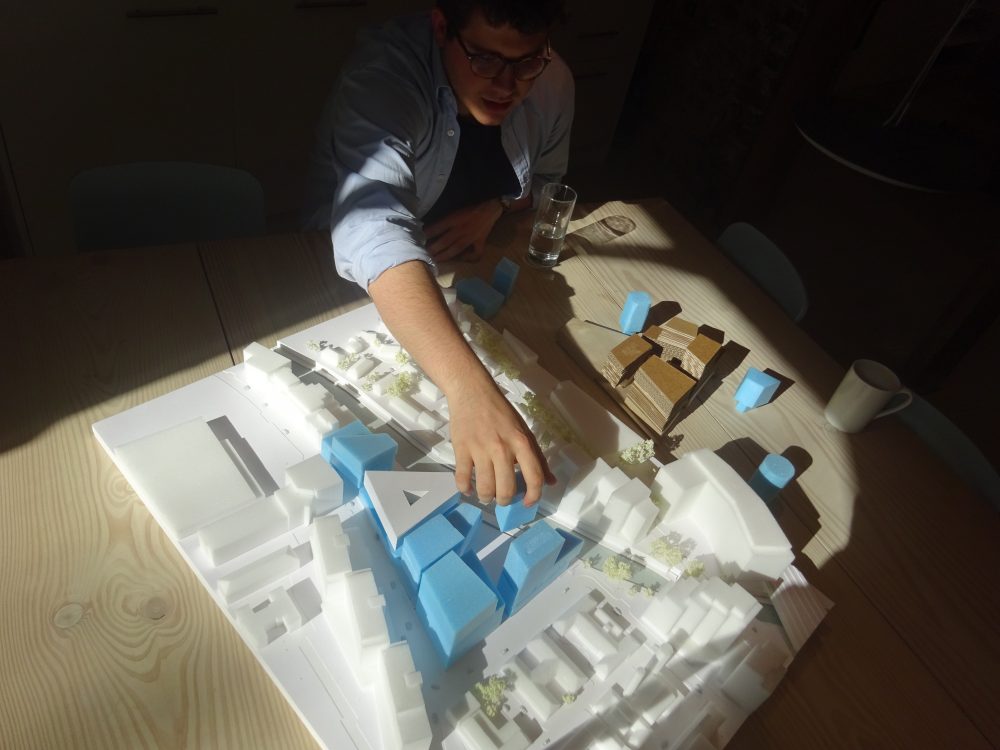
Sustainability is a key driver of the Tribeca project. What is your approach?
Simon Erridge: Sustainability is hugely important for this development and there are two sides to our approach. One is to try and minimise the embodied carbon and ensure we use materials in an efficient way. We then need to think about the operational carbon and ensure that we are using the most efficient heating and cooling systems to achieve the environment occupiers need. Because this development will include lab space, there are challenges in achieving that as labs require high volumes of air. So we are working with engineers to ensure that we consider a sustainable approach to lab ventilation. We’re also working to achieve a BREEAM excellent accreditation for all the buildings on the site.
Another important point around sustainability is longevity. When we develop a scheme we have to try and make sure that the buildings are going to be easy to occupy both now, and into the future. Occupier’s needs will change so we have to anticipate this where we can. This means developing the site to maximise its potential, and creating buildings which are suitable for long-term adaptability.
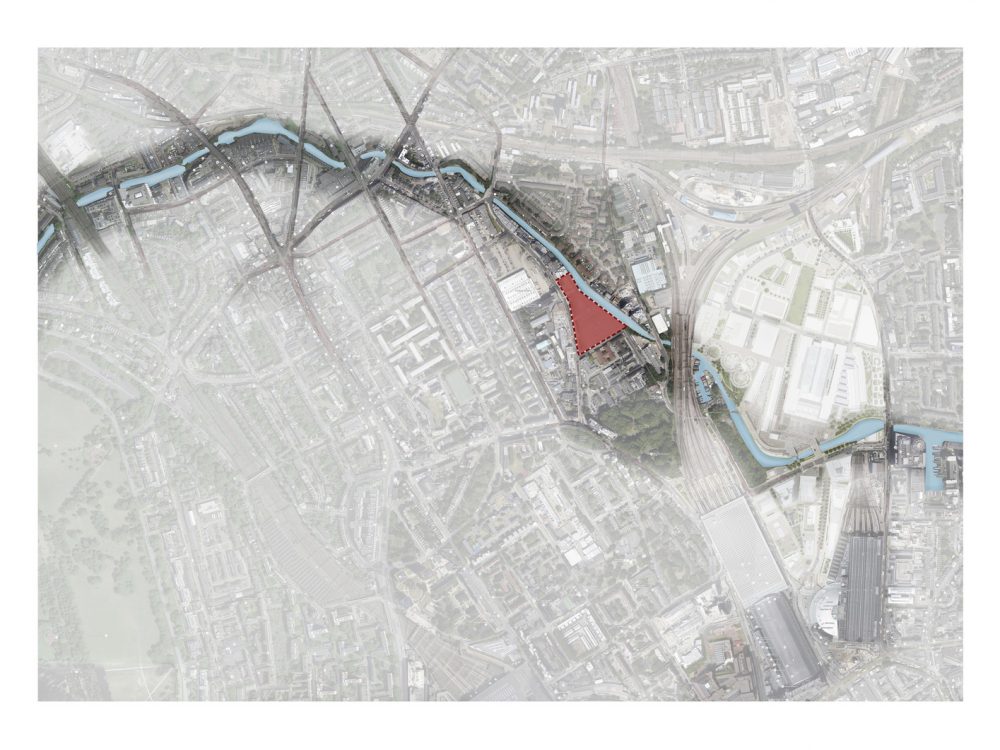
From a health & wellbeing perspective what is your approach with Tribeca?
Simon Erridge: We want to create a healthy environment at Tribeca which encourages access to the outdoors, and makes the most of the site’s strengths. As a starting point the Regent’s Canal is a fantastic resource. We forget that it was built for transport and not for leisure but now it performs this amazing role as a green corridor running through a densely developing part of London and without that artery walking and cycling in this area would be a very different kind of experience.
Other things that we have worked on include ensuring that we have designed the masterplan to optimise sunlight to buildings and spaces as much as possible, and the shaping of each of the buildings to create accessible terraces for occupiers to enjoy.
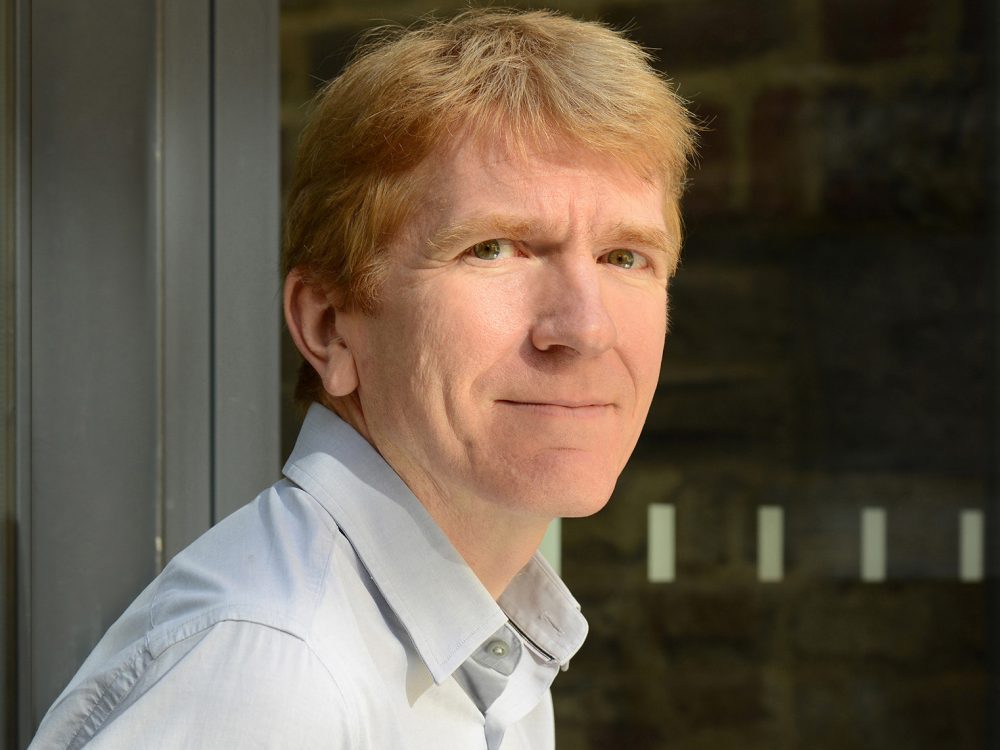
“Tribeca is a new urban environment which not only creates a place where people want to live and work, but sits well amongst the community and feels part of the community.”

